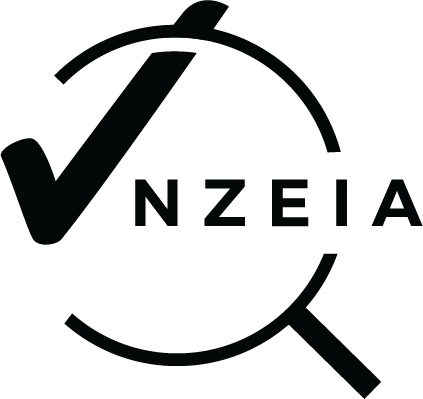Installers need to look at the PV modules, Inverter data sheets, and DC isolators, to ensure they all match for safe operation.
The issue is the correct matching of equipment to ensure the safe operation of a Photo Voltaic (PV) or, as more commonly known, Solar installation. PV modules (panels) can be made by one manufacturer and the inverter by another, so sometimes they are not compatible. A group of our Electrical Inspectors have noticed that as some of the PV modules have become larger in wattage, some inverter components are not keeping pace. This is causing a concern for safe operation of the overall installation.
Installers need to ensure the Inverters, PV modules (Solar panels), and DC isolators are compatible with each other.
The module “short circuit fault current” (ISC) needs to be considered when installing a system, as the ISC can increase by 125% (hence the 1.25 factor required by AS/NZS5033:2012), this multiplier considers increased irradiance values on cold days and the ability of the module to produce more than the rated current at STC (standard test conditions).
ISC is the amount of current the modules can produce when short circuited. This can occur when an MPPT fails in an inverter. An MPPT, or Maximum Power Point Tracker is an electronic DC to DC converter that optimizes the match between the solar array (PV panels), and the battery bank or utility grid.
In this MPPT failed condition the inverter now must be able to carry the ISC X 1.25 until the MPPT is replaced or repaired. The calculated ISC must be less than the ISC rating on the inverter name plate.
Using the 1.25 factor also determines the size of the DC cabling and fusing requirements if any.
A second calculation to look out for is as the PV modules are increasing in wattage, so does the Voltage Open Circuit (VOC) of the module, therefore, when this figure is multiplied by the Voltage Correction Factor (VCF) for the lowest operating temperature, the value of VOC max increases. This determines how many modules can be connected to an inverters MPPT (DC connection) by a simple calculation of dividing the VOC, multiplied by the VCF and then dividing it into the inverters Max DC voltage rating.
It is important to remember the VCF is different in parts of the country due to lower temperatures. For example, In Queenstown the factor is 1.14.
Queenstown can get minimum temperatures at around -9 to -10 degrees on clear frosty mornings which makes the modules (panels) more efficient. It is therefore important the installer uses the correct referenced VCF (from the Standard 5033) for the region of the installation because this impacts on the VOC maximum rating of the PV module (Solar panel).
A typical example:
VOC of 370W module: 42.8V
VCF for example at -2 deg C, correction factor 1.12 (from the Standard 5033) , or you can use a formula in 5033 also.
Therefore 42.8V x 1.12 Correction Factor = VOC max 47.93 V per module
The inverter has a Max DC voltage of e.g., 550V MPPT Range.
Therefore 550V / 47.93V per module = 11 modules in a string on this MPPT.
The VOC is also used to determine the PV Array maximum open circuit voltage, and this must be less than 600 Volts on a domestic installation.
There will be some theorists who might suggest the inverter should be able to limit the voltage and current. The inverter can’t control ISC of the modules under fault conditions i.e. the MPPT has failed and short circuited. The inverter is now just passing the current and must be able to do this until it is replaced. It must fail safe.
This is a significant risk to the safe operation of a Solar installation.
We urge all Electrical Inspectors to watch out for these issues and help educate the installers to match the equipment selected appropriately.


